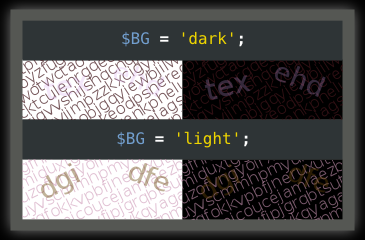Ubuntu One is a file hosting service provided by Canonical (the company that develops Ubuntu). You are given 2GB for free and 10GB for $10/month. The way it works is that you create an account, install a client and associate it with your account. After that, the client will monitor your
$HOME/Ubuntu One folder and synchronize its contents with the Ubuntu One servers. The main idea of it is that of syncing between computers -- you associate all your PCs/laptops with the same account and your files get automatically synced between them. However, I use it for another purpose -- backups. I back up my work and other stuff on Ubuntu One, 2GB is really enough (for me, at least). What's great is that they also provide a web interface to download / upload files from / to your account, so I can access my files wherever, whenever, from whatever.
Don't jump head first, though. You might want to have a look at
Dropbox, too. The main advantages are:
- It has clients for more platforms (Windows, Mac, other Linux distros);
- It is more badwidth efficient, as it only uploads diffs when overwriting a file (I'm not sure whether Ubuntu One does that too, or not);
- It's a bit more mature
The only reason why I chose Ubuntu One over Dropbox is because I was sure it integrated well with Ubuntu and because I don't use any other OSes. Also, they are still in Beta, so they are constantly improving and adding features.
The choice... is
yours.
[manic laugh]
 Here's the code:
Here's the code:

